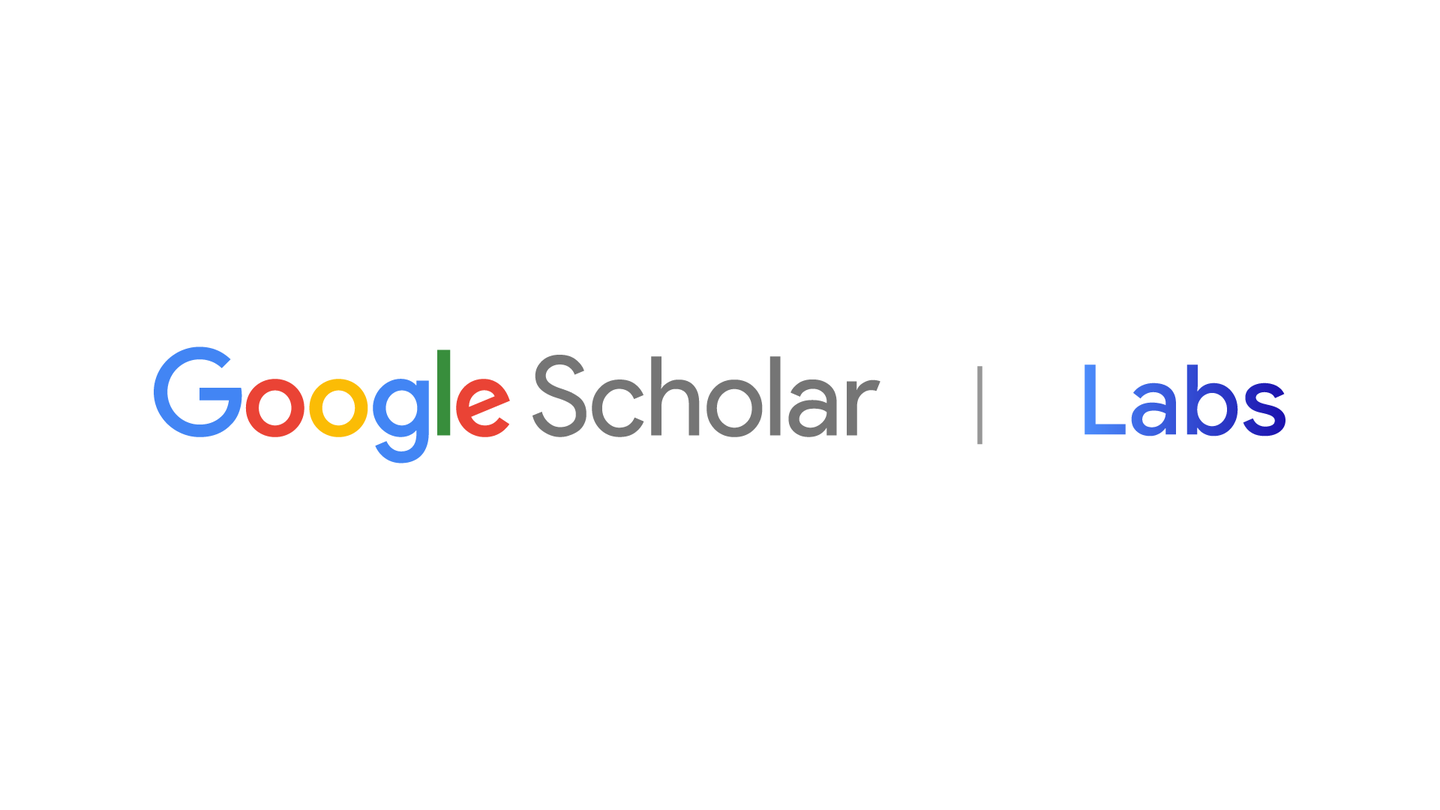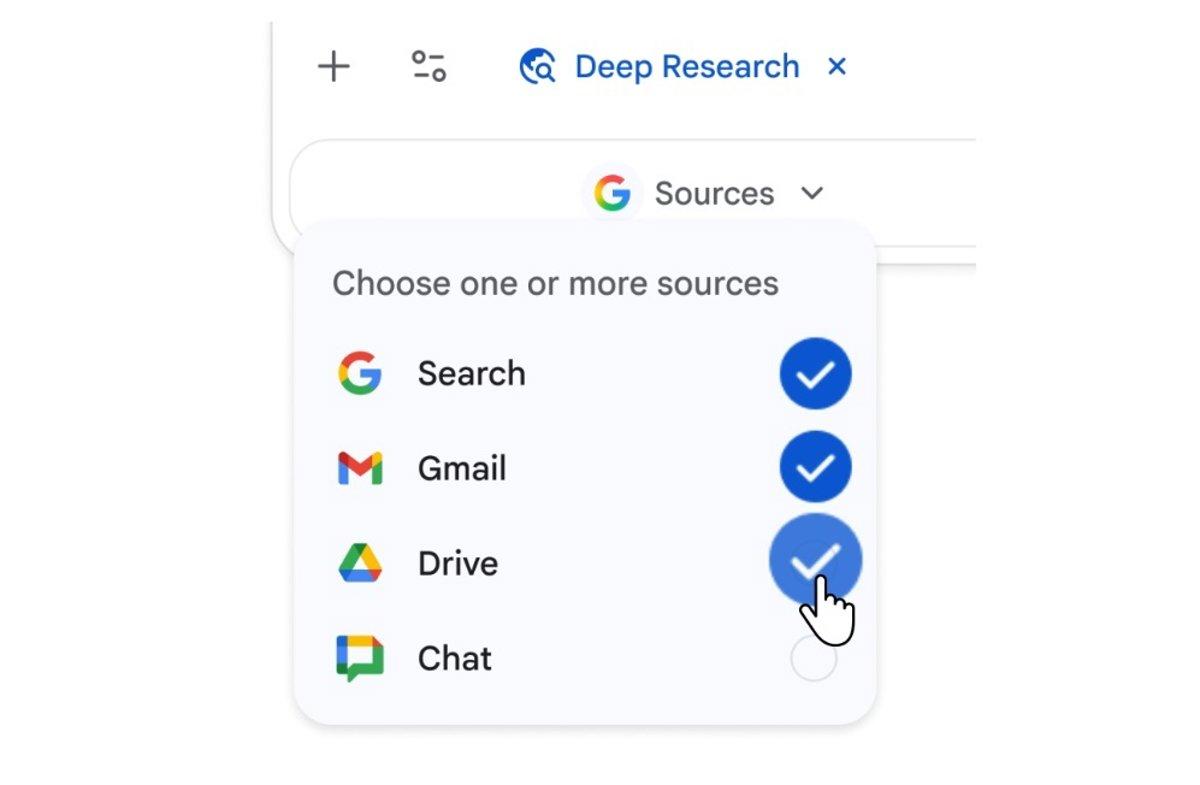- Generative AI that breaks down complex queries and searches from multiple angles in Google Scholar.
- Prioritize usefulness over metrics: no filters for citations or impact factor; explain the reason for each result.
- It works with full text, allows filtering by date, and classifies according to publication venue, authorship, and citation dynamics.
- Limited and experimental launch with a waiting list; potential impact on universities in Spain and Europe.

Google has introduced an experimental feature within its academic ecosystem: Google Scholar Labs, a proposal that It seeks to rethink how complex research questions are answered.The company is exploring with generative AI a way to reduce the time spent reviewing literature and to broaden the focus beyond keyword searches.
For the European university environment, including Spanish institutions, this may represent a change in habits in the documentation phase: access is limited a Users are logged in and there is a waiting listSo the rollout will be gradual while Google gathers feedback and adjusts the service.
What it is and what it aims to do

Scholar Labs is defined as a tool of AI-assisted research that addresses questions that require looking at a topic from multiple perspectivesGoogle describes it as a "new direction" in academic research, focused on finding the most useful materials for a specific query, not necessarily the most popular ones.
The proposal departs from traditional filters based on citation counts and journal impact factors, which the company considers too restrictive to avoid overlooking recent or interdisciplinary work. Instead, The system assesses signals such as the publication venue, authorship, the full content of the article, and citation dynamics..
How to select and explain the results

The process begins by analyzing the user's question to detect Key topics, specific aspects and relationships. From there, the AI launches parallel searches within Google Scholar that cover all those pieces and regroups them to resolve the original issue.
An illustrative example: if you ask about the effects of caffeine consumption on short-term memory, the The tool is not limited to that combination of termsIt expands the scope to include eating patterns, memory retention studies, and age-related cognition studies, and then synthesizes the evidence from the articles that, taken together, best answer the question.
Furthermore, the system works with text complete and highlights the reasons for which a job appears in the results, explaining the relationship between the content of the article and the queryThis makes it easier for the researcher to understand the relevance of each source.
- It allows you to narrow down by publication dates. to adjust the temporary review.
- It does not include filters by citations or journal impact factor..
- Classify by publication venue, authorship, full text, and citation dynamics.
- Facilitates follow-up questions to delve deeper into nuances.
Differences with Google Scholar and debate on quality

The main disruption is the absence of filters based on citations and journal prestige, indicators that many scientists have used as a shortcut to estimate quality. Some researchers agree that these Metrics do not always reflect the real value of a studyBut they also admit that without them it can be It is more difficult to gauge reliability when entering a new field.
Google focuses on evaluating the content and context of articlesThis approach relies on relationships between concepts within the text itself. It seeks to reduce popularity bias and uncover useful work that might otherwise go unnoticed, while acknowledging the challenge of maintaining accuracy in an environment with millions of scholarly documents.
Availability, access and evolution of the experiment
For now, Google Scholar Labs is accessible to a limited number of users with session already logged in. Access is managed via a waiting list, and the company indicates that The service is experimental and will expand its capabilities depending on the feedback from the academic community.
The restrained display suggests a Special attention to accuracy and minimizing potential AI hallucinationsIn practice, this involves iterative improvements before a wider release, a key aspect for research centers and university libraries in Spain and the rest of Europe.
Competitors and market context

Google's move comes at a time of intense competition. Tools like Elicit Semantic Scholar has gained traction in academic circlesand conversational models such as ChatGPT They have been used as support, although without native integration with verified academic sources such as that offered by Google Scholar.
The company seeks to position itself with a solution that reduces the time spent on literature reviews and uncovers connections that are difficult to detect manuallyEven so, the debate on quality and transparency criteria will remain on the table, especially in sensitive areas where reproducibility and methodological rigor are crucial.
With an approach that prioritizes the actual usefulness of the query and a clear explanation of why each result appears, Scholar Labs is emerging as a prudent bet to modernize academic research.Its success will depend on how well it meets the precision requirements of the scientific field and on its adoption in European and Spanish universities.
I am a technology enthusiast who has turned his "geek" interests into a profession. I have spent more than 10 years of my life using cutting-edge technology and tinkering with all kinds of programs out of pure curiosity. Now I have specialized in computer technology and video games. This is because for more than 5 years I have been writing for various websites on technology and video games, creating articles that seek to give you the information you need in a language that is understandable to everyone.
If you have any questions, my knowledge ranges from everything related to the Windows operating system as well as Android for mobile phones. And my commitment is to you, I am always willing to spend a few minutes and help you resolve any questions you may have in this internet world.
